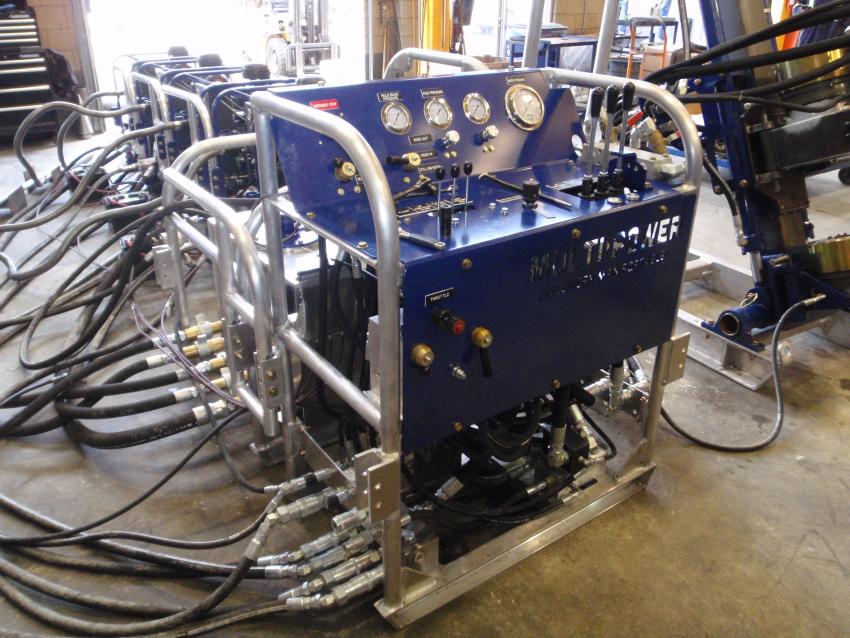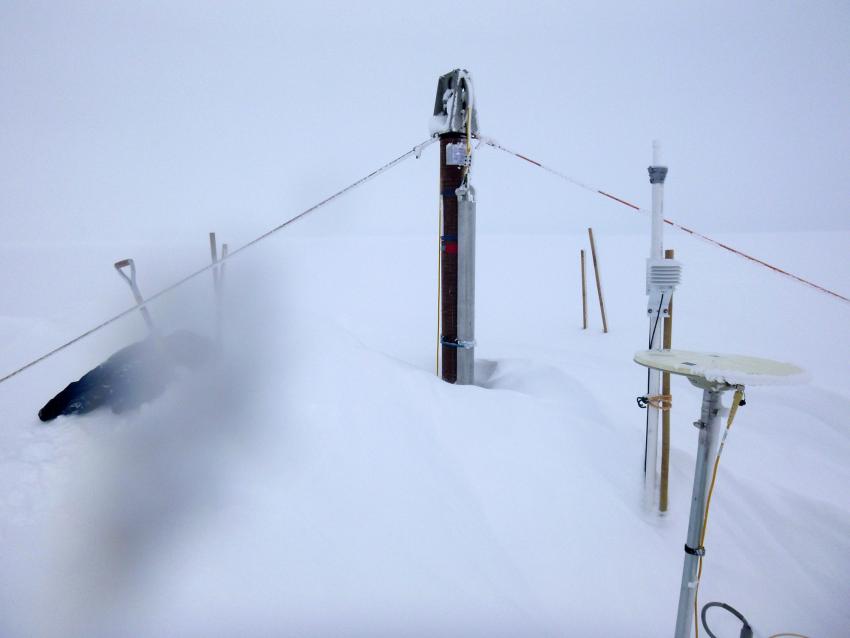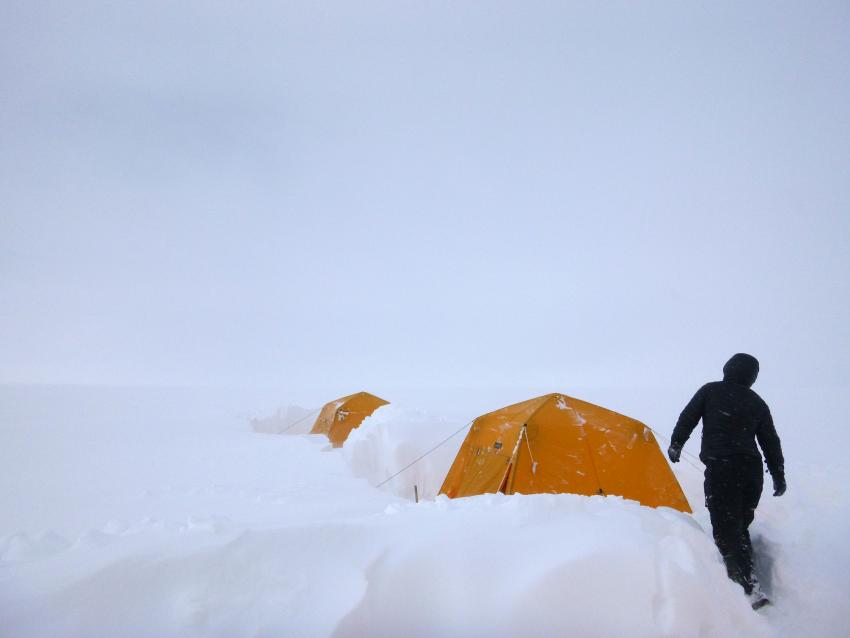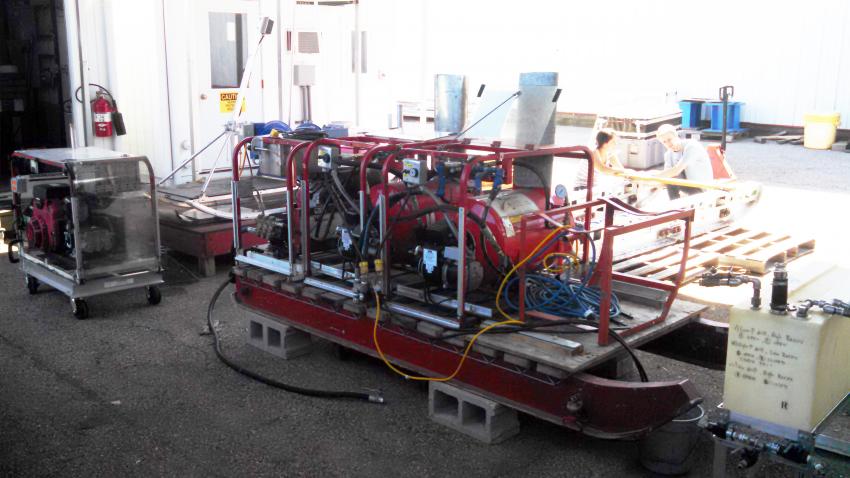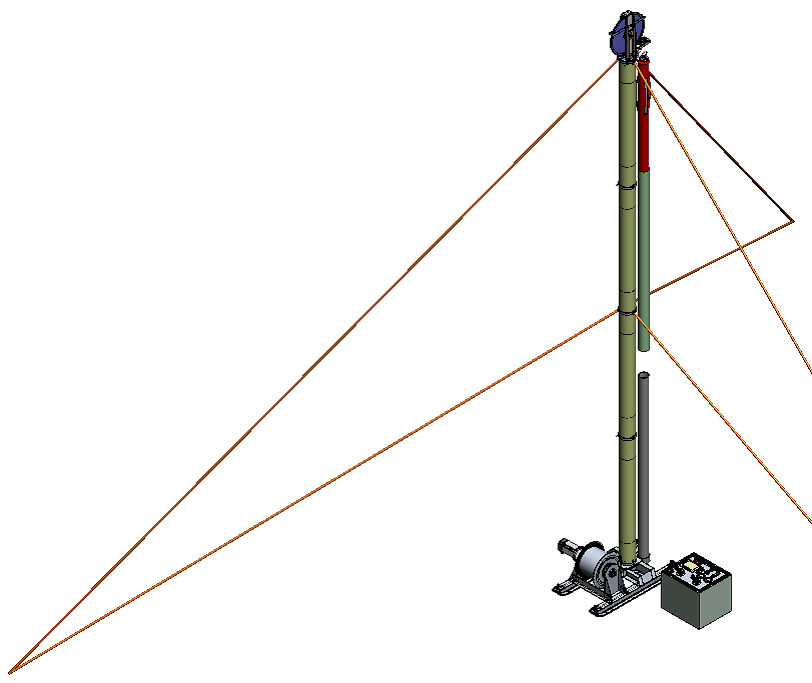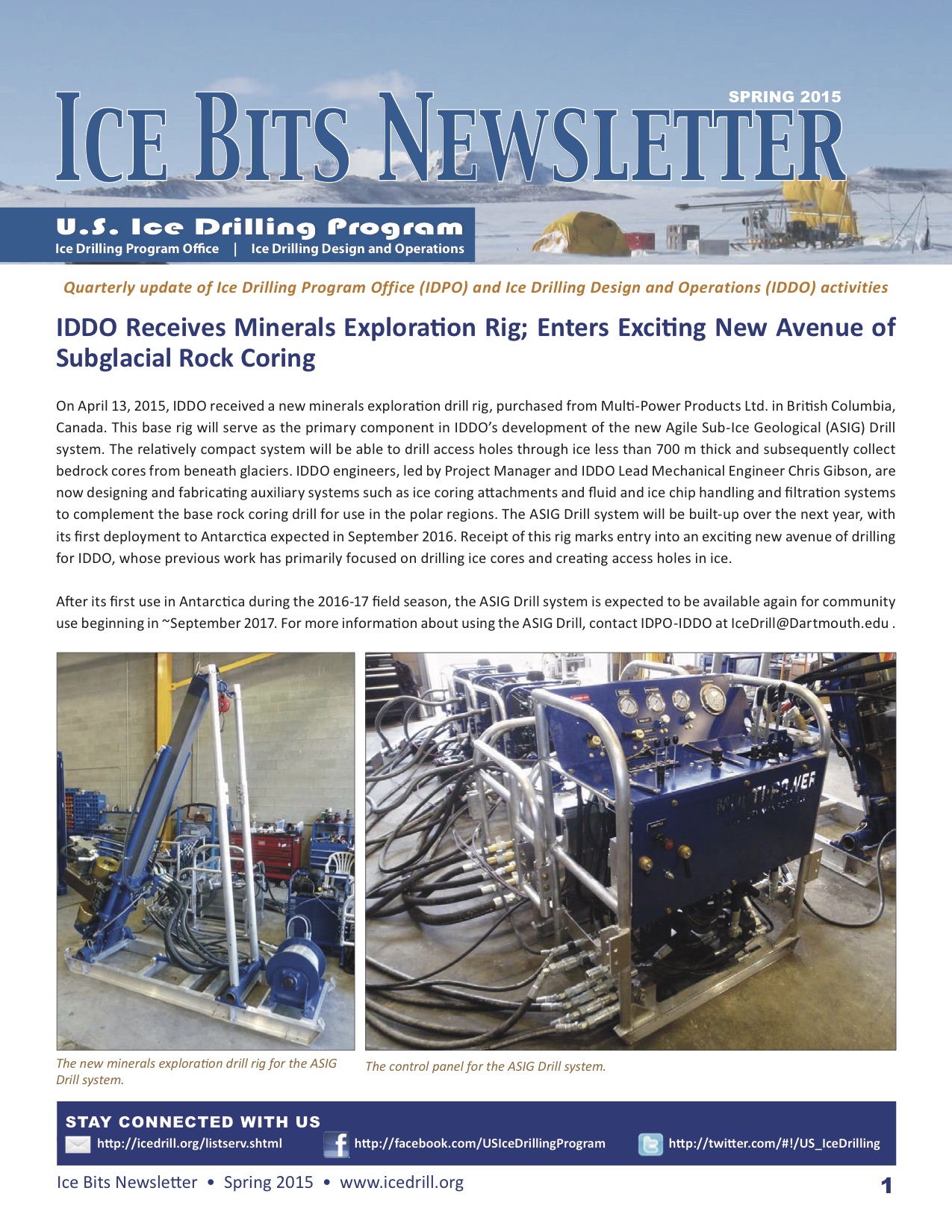On April 13, 2015, IDDO received a new minerals exploration drill rig, purchased from Multi-Power Products Ltd. in British Columbia, Canada. This base rig will serve as the primary component in IDDO's development of the new Agile Sub-Ice Geological (ASIG) Drill system. The relatively compact system will be able to drill access holes through ice less than 700 m thick and subsequently collect bedrock cores from beneath glaciers. IDDO engineers, led by Project Manager and IDDO Lead Mechanical Engineer Chris Gibson, are now designing and fabricating auxiliary systems such as ice coring attachments and fluid and ice chip handling and filtration systems to complement the base rock coring drill for use in the polar regions. The ASIG Drill system will be built-up over the next year, with its first deployment to Antarctica expected in September 2016. Receipt of this rig marks entry into an exciting new avenue of drilling for IDDO, whose previous work has primarily focused on drilling ice cores and creating access holes in ice.
After its first use in Antarctica during the 2016-17 field season, the ASIG Drill system is expected to be available again for community use beginning in ~September 2017. For more information about using the ASIG Drill, contact IDPO-IDDO at IceDrill@Dartmouth.edu .



